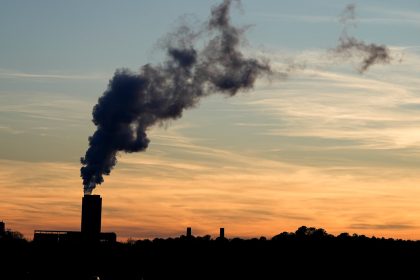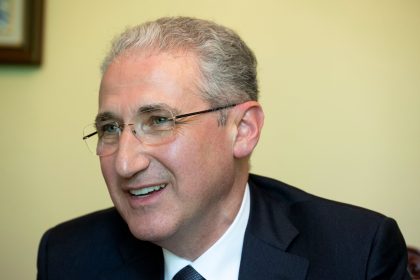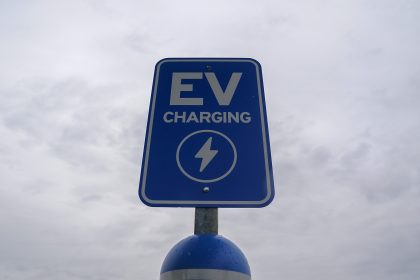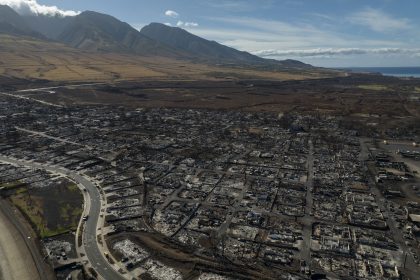Clean Energy Transition Effort Expanded to 12 New Remote Communities
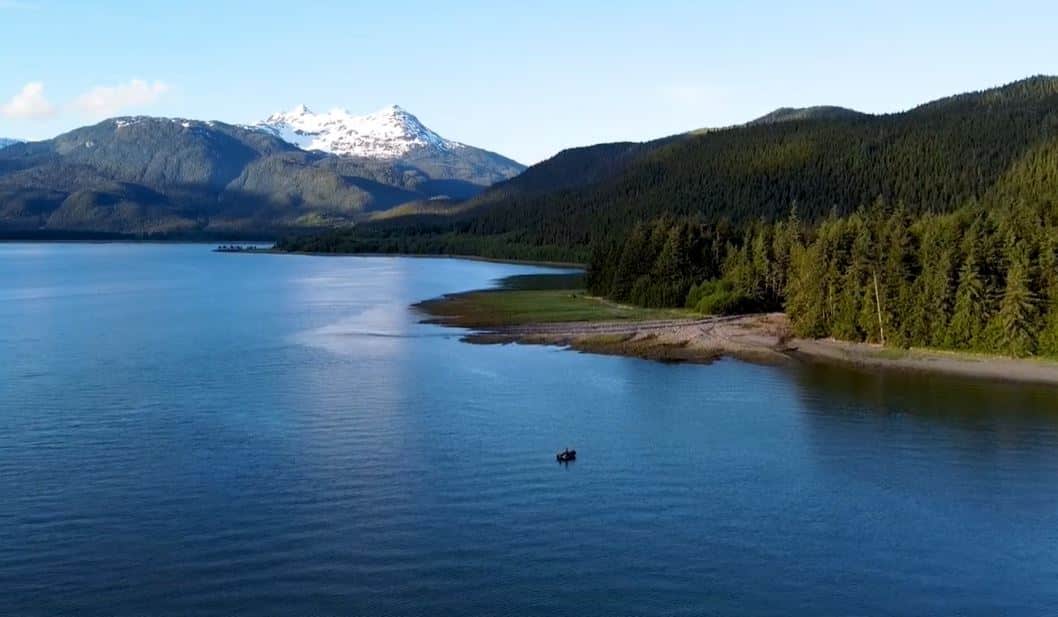
WASHINGTON — As climate change intensifies, remote and island communities are often bearing the brunt of higher costs, increased outages and the unshakable anxiety that comes with persistent uncertainty over daily necessities.
Established in April 2021, the U.S. Department of Energy’s Energy Transitions Initiative Partnership Project seeks to level the playing field with Mother Nature by supporting local communities with strategic energy planning and the deployment of less vulnerable energy systems.
Last year, the Department of Energy and its partners, including the National Renewable Energy Laboratory, Pacific Northwest National Laboratory, Sandia National Laboratories and Lawrence Berkeley National Laboratory helped 11 remote and island communities make critical progress in creating a more reliable clean energy future for themselves.
On Tuesday, the department announced it will soon begin working with 12 additional communities, all of them chosen through a competitive selection process.
To bring this goal to fruition, the project will employ local leaders, residents, and organizations for a community-led and inclusive approach to identify the unique energy challenges of each community and provide strategic assistance to help them determine and direct their energy transition.
“Clean energy availability is one of the keys to unlocking a future of renewable, reliable, and affordable power,” said U.S. Sens. Susan Collins, R-Maine, and Angus King, I-Maine, in a joint statement.
“As home to one of the crown jewels of America’s National Park System, Mount Desert Island has long been a model for environmental stewardship and has made significant strides to preserve Acadia’s natural wonders,” the senators said. “We welcome this investment, which will help the community accelerate its plans to increase the resiliency of the local grid and transition to a clean energy future.”
The 12 selected communities are:
Aquinnah and Chilmark, Massachusetts
These neighboring towns on the island of Martha’s Vineyard will work together on technical assistance in three areas to help them achieve 100% renewable energy by 2040 with retrofits for municipal buildings, distributed energy resources and microgrids. The project will help both towns identify suitable high-impact energy efficiency and renewable energy solutions to improve energy resilience and reduce greenhouse gas emissions.*
Bainbridge Island, Washington
On Bainbridge Island, a commuter island to Seattle, Washington, the project will assist in analyzing the feasibility of renewable energy options like solar and water power to move the city toward its goal of 100% renewable electricity by 2040. This project will help the island residents understand the benefits and challenges of energy resilience solutions such as community solar and residential-scale battery storage.
Beaver Island, Michigan
Beaver Island will use its assistance to identify opportunities for renewable energy and energy efficiency projects to improve energy security through local production and storage, while reducing the cost of energy and bolstering economic opportunities.
This project will consider the income and employment impacts of transitioning away from fossil fuels, which have been a historical economic driver in the community.
Guam Power Authority, Guam
The Guam Power Authority is seeking assistance with renewable energy resource integration, improved utility planning and energy security, and to establish a performance management system for its Clean Energy Master Plan.
These efforts support GPA’s commitment to Guam’s ambitious renewable energy goals, which mandate 50% renewable generation by 2035 and 100% by 2045.
Hui o Hau’ula, Hawaii
Hui o Hau’ula, a community organization of Oahu, Hawaii, is coordinating the planning and development of a Community Resilience Hub, which will include the generation and storage of power for the surrounding Koolauloa District.
To achieve this, Hui o Hau’ula is seeking assistance to assess energy needs and evaluate a portfolio of renewable energy technologies for the Resilience Hub. The project will develop technical guidance and documentation for storm and disaster energy resilience throughout Koolauloa.
Igiugig, Alaska
The Igiugig community is receiving assistance to analyze electricity distribution efficiency, energy conservation and impacts to the grid from increased renewables. The project will work with the Tribal Council to also increase communication and community engagement for energy transition issues.
Outcomes will help Igiugig move toward its goal of improving energy self-sufficiency by using local, renewable resources and its own workforce while minimizing environmental impact and maintaining its cultural identity.
Makah Tribe, Neah Bay, Washington
ETIPP assistance to the Makah Tribe will go toward assessing the opportunities and challenges associated with integrating renewable energy into critical infrastructure relocation planning and increasing their ability to generate their own power.
The project will be focused on deeper community engagement by helping Makah Tribe staff communicate renewable energy options to community members and integrate their priorities, perspective and knowledge into its planning.
McGrath, Alaska
With ETIPP technical assistance, McGrath (in landlocked central Alaska) aims to increase its energy independence and resilience while reducing the cost of energy. This project will assess the potential for renewable energy in the area, including hydrokinetic, wind, solar, green hydrogen and micro-nuclear resources. This project will also aim to leverage local economic opportunities through capacity-building efforts within the community.
Microgrid of the Mountain, Puerto Rico
A hydroelectric cooperative in Puerto Rico will employ ETIPP assistance to refine its intermunicipal microgrid plan, and develop and design specifications for batteries, distribution, and other improvements. The project will also support the cooperative’s technical review data related to implementation of the new system. The project will help the cooperative deliver affordable, resilient energy for residents across four remote, inland mountain communities.
Mount Desert Island, Maine
Mount Desert Island’s goal for its technical assistance is understanding optimal approaches to transition its grid to clean energy while increasing energy resilience and community capacity. The project will assess opportunities for renewable energy integration, energy storage and efficiency, and the viability of a microgrid to make the island resilient during extreme weather events. Results from this project will support future decarbonization plans for the area.
Nikolski and St. George, Alaska
In Nikolski, Alaska (on Umnak Island in the West Aleutian Islands), and in St. George, Alaska (an island a few hundred miles north), assistance will go toward assessing the condition of existing wind turbines and plans to reconfigure them with a new mix of renewable energy resources. In addition to helping reduce each community’s reliance on costly imported diesel, this project will train local staff in equipment maintenance and assess the viability of battery storage.
University of Hawaii, Hawaii
The University of Hawaii’s project plans include analyzing the potential for geothermal cooling in buildings across its 10 campuses. The project will model shallow geologic conditions and building heating and cooling loads at each campus to recommend geothermal technologies, materials, and design approaches that improve energy efficiency and significantly increase sustainability across campus communities. Outcomes will include increased capacity for geothermal energy analysis at the university and opportunities to apply project results in similar environments.
Sen. Lisa Murkowski, R-Alaska, said her state’s geography, frequent natural disasters and harsh climate “require us to be innovative as we work to deploy affordable and resilient energy systems.”
“I’ve been a longtime supporter of our national labs and I have seen firsthand the benefits to Alaska from their research,” Murkowski said. “While we have many challenges in Alaska, we also have unique opportunities to find the next level of ingenuity, innovation and great solutions.
“Today’s announcement will help us build upon those strengths and allow more resilient energy infrastructure within the communities of Igiugig, McGrath, Nikolski and St. George. I look forward to seeing the partnerships that will be forged between Alaskans and the Department of Energy, and the lasting solutions they will find to some of our state’s most pressing energy needs,” she said.
Six regional organizations — Alaska Center for Energy and Power, Coastal Studies Institute, Hawaii Natural Energy Institute, Island Institute, Renewable Energy Alaska Project and Spark Northwest — will help the selected communities prioritize their energy resilience needs and communicate results throughout their projects.
* Project descriptions provided by the Energy Department via a press release.
Dan can be reached at [email protected] and @DanMcCue

















